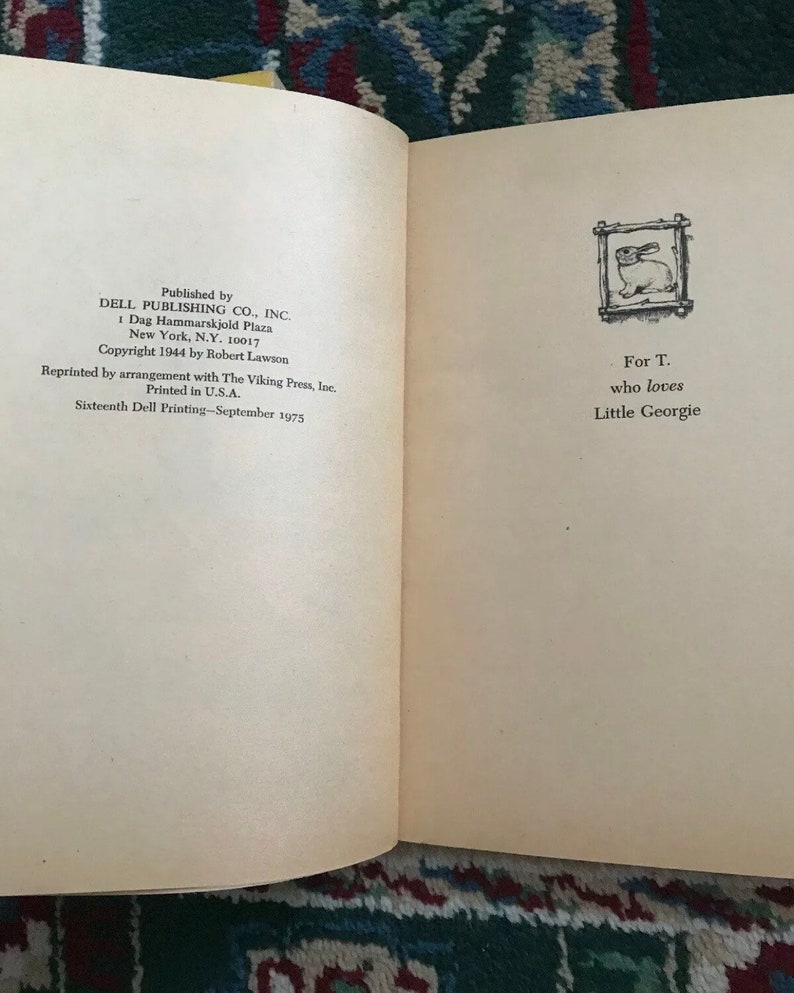


In total, he illustrated as many as forty books by other authors and another seventeen books that he himself was the author of. Popper's Penguins (1938) by Richard and Florence Atwater. Subsequently, he illustrated dozens of children's books by other authors, including such well-known titles as The Story of Ferdinand (1936) by Munro Leaf and Mr. In his autobiography, Faulkner recalls that Lawson had a remarkable "sense of fantasy and humor", which made him especially valuable when the camoufleurs put on musical shows for the children of the French women who worked with them on camouflage (Faulkner 1957).Ĭhildren's books File:Ben and Me cover by Robt Lawson 1939 sm.jpgĪfter the war, Lawson resumed his work as an artist, and in 1922, illustrated his first children's book, The Wonderful Adventures of Little Prince Toofat. Army camouflage unit (called the American Camouflage Corps), in connection with which he served in France with other artists, such as Barry Faulkner, Sherry Edmundson Fry, William Twigg-Smith and Kerr Eby (Behrens 2009). Camouflage serviceĭuring World War I, Lawson was a member of the first U.S. He went on to publish in other magazines, including the Ladies Home Journal, Everybody's Magazine, Century Magazine, Vogue, and Designer. His career as an illustrator began in 1914, when his illustration for a poem about the invasion of Belgium was published in Harper's Weekly.

Following high school, he studied art for three years under illustrator Howard Giles (an advocate of dynamic symmetry as conceived by Jay Hambidge) at the New York School of Fine and Applied Art (now Parsons School of Design), marrying fellow artist and illustrator Marie Abrams in 1922. Born in New York City, Lawson spent his early life in Montclair, New Jersey.


 0 kommentar(er)
0 kommentar(er)
